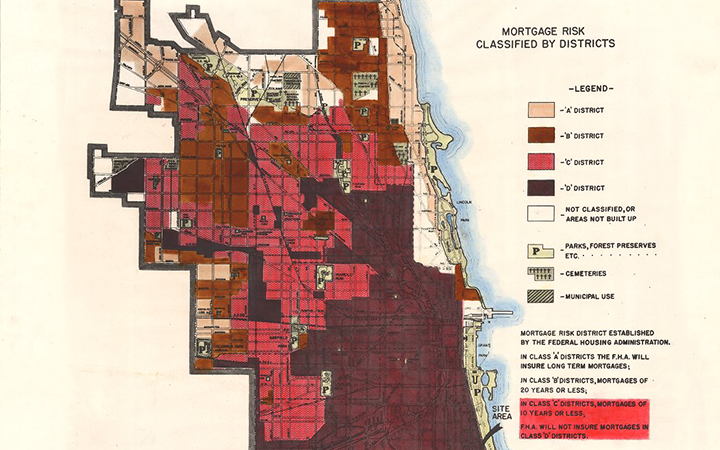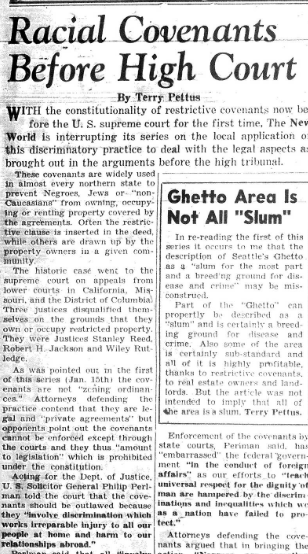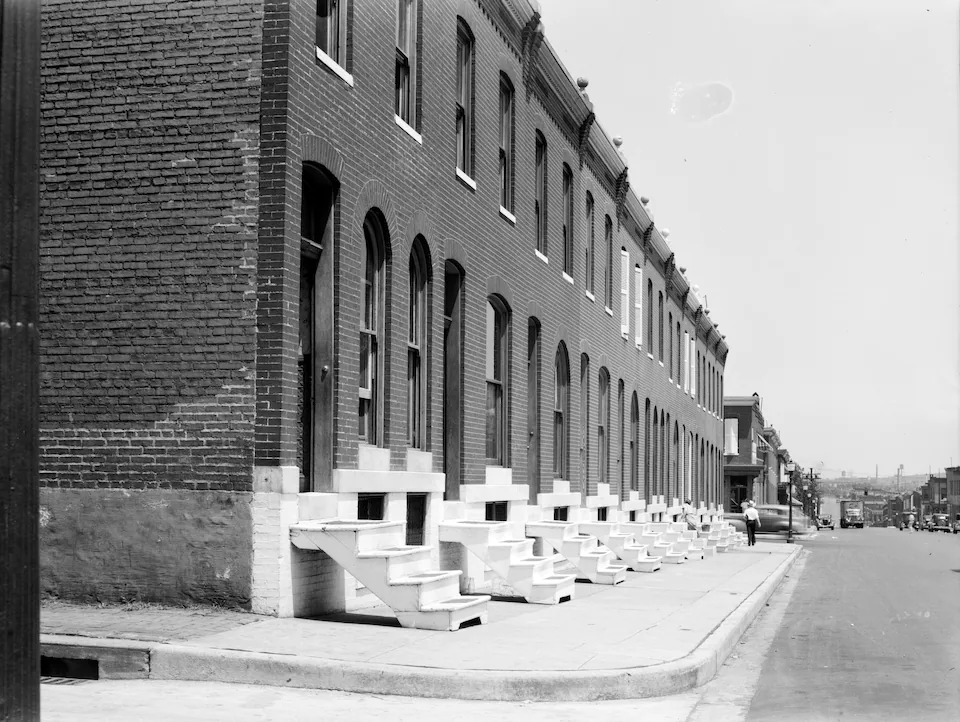The Red Summer
Turning Points in History, 2024
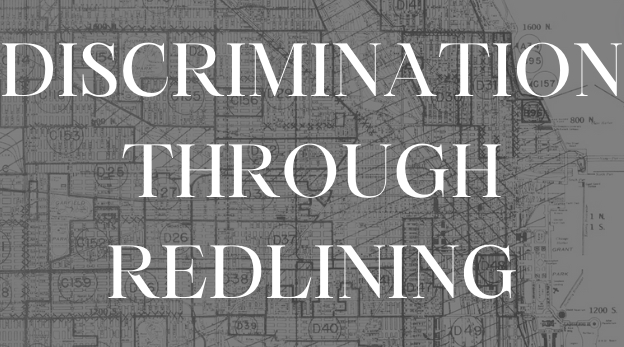
Image Courtesy of Mapping Inequality
After the Red Summer and the Civil Rights Movement, Northern cities continued the discriminatory practice of redlining. Due to African-American success after the Civil Rights Movement, there were practices established to limit their freedom.
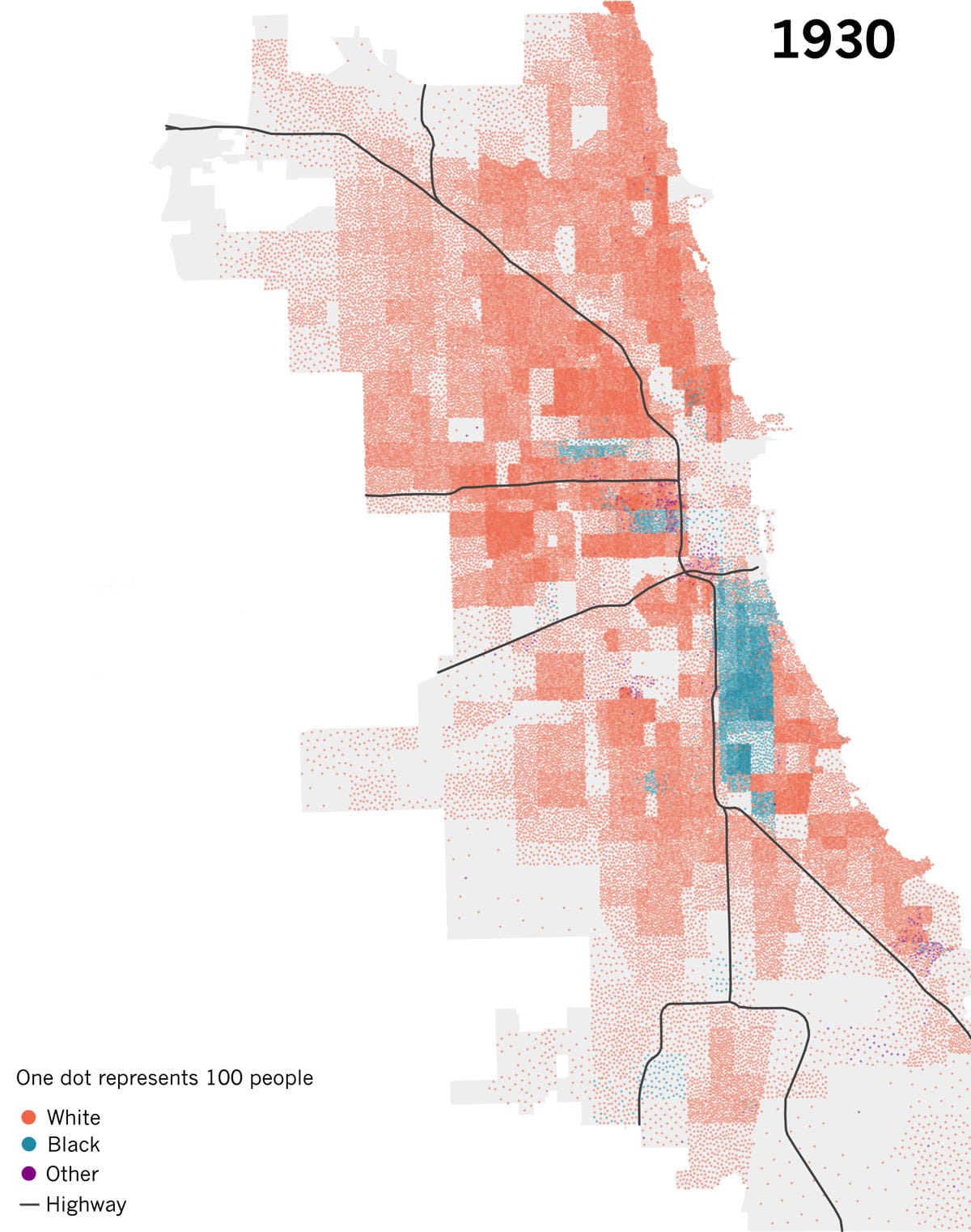
Map of Racial Segregation in Chicago 1930, Courtesy of South Side Weekly
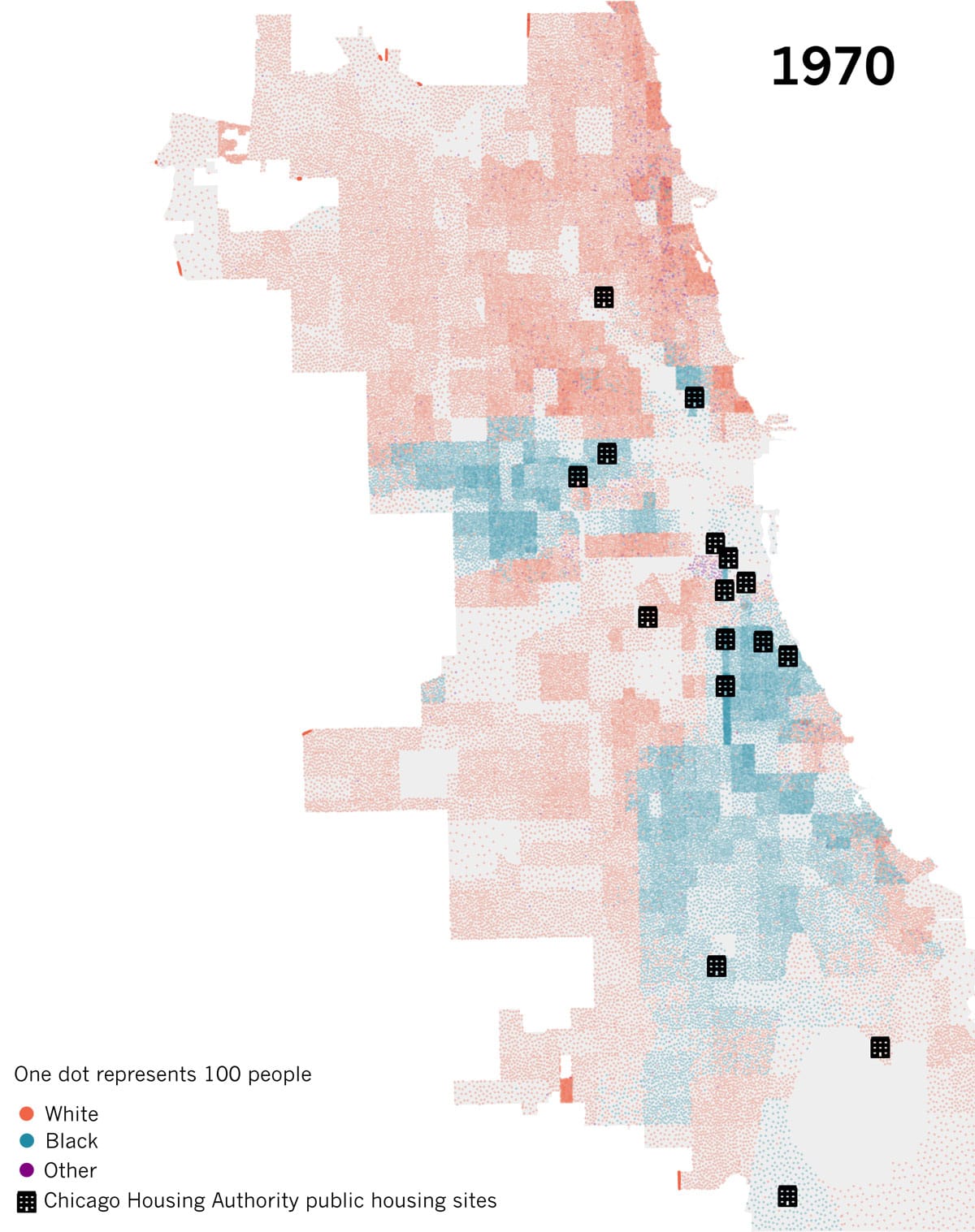
Map of Racial Segregation in Chicago 1970, Courtesy of South Side Weekly
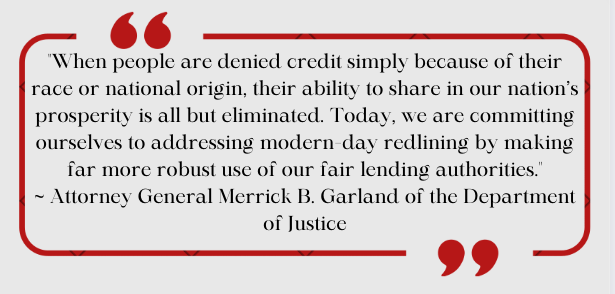
This practice continued for decades to come, as cities in the North such as Chicago were affected by redlining in 1930, 1970, and even today.
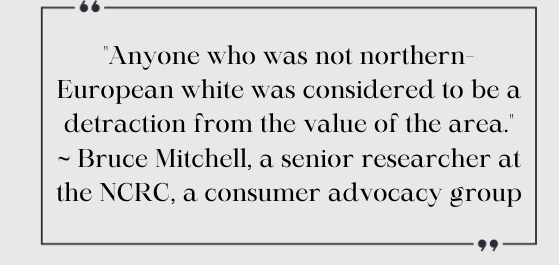
Redlining on Long Island
Throughout Long Island's history, redlining has continued, causing further racial discrimination for African Americans. As shown in the graphics below, African-Americans are living with the hazardous effects of redlining today. These African-American neighborhoods are poverty-stricken, lower-class clusters of Long Island, separated from the predominantly white, upper-class neighborhoods.
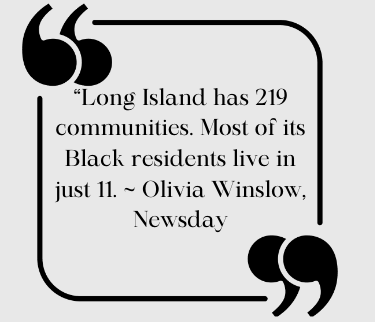
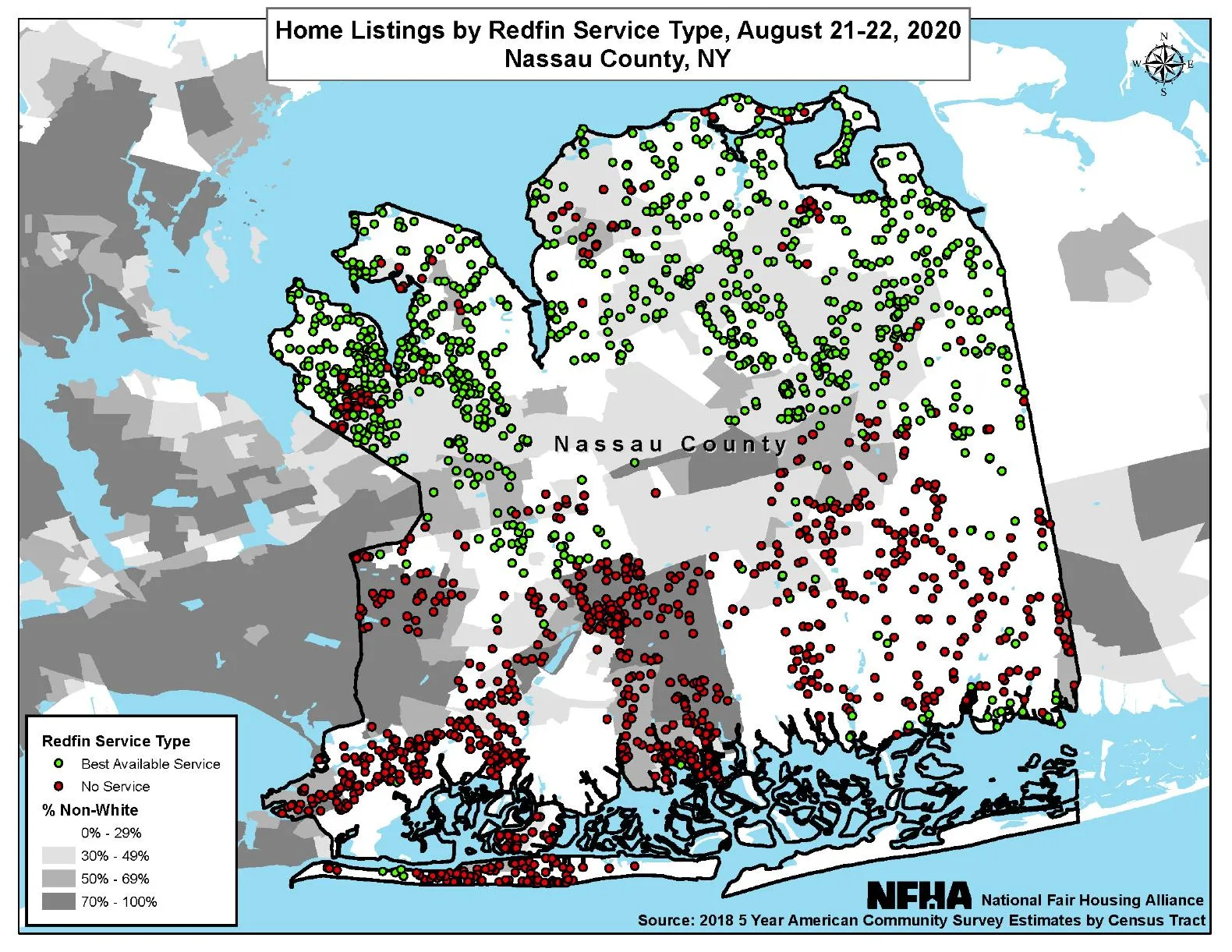
Home Listings by Service Type, August 21-22 in Nassau County, Courtesy of the NFHA
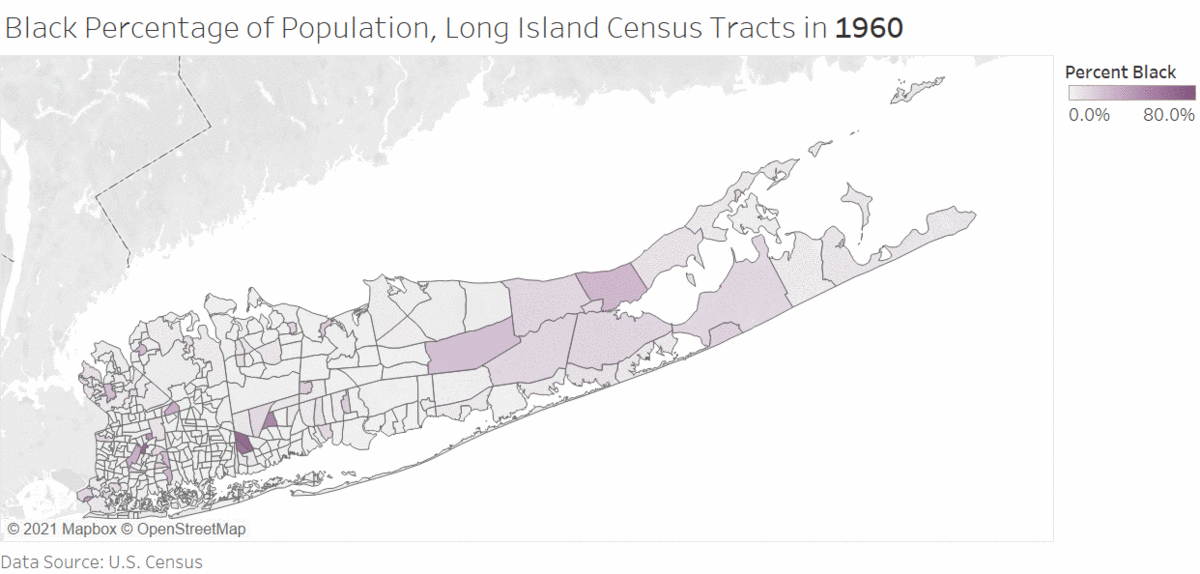
Black Percentage of Population, Long Island Census Tracts Over Time, Courtesy of the U.S. Census
